….we discovered, have three dimensions: length, width and height.
We learnt that, whereas a 2-D shape – such as a circle or a square – is completely flat, 3-D shapes are solid objects. Cubes, cuboids, cylinders, pyramids, cones, triangular prisms and spheres were handled and we noticed how they were alike and how they were different. We considered how many flat faces they had and whether there was a curved surface.
To help us solve a number of ‘crimes’ – including spilled milk, a painted table, stolen raisins and cut flowers – we had to consider the ‘footprints’ left by our 3D-shape suspects. By identifying the 2-D shapes within the 3-D shapes, we were able to work out which shape was guilty of which crime. The children were very keen for the ‘criminal shapes’ to be punished (rather punitively, it has to be said).
The crimes
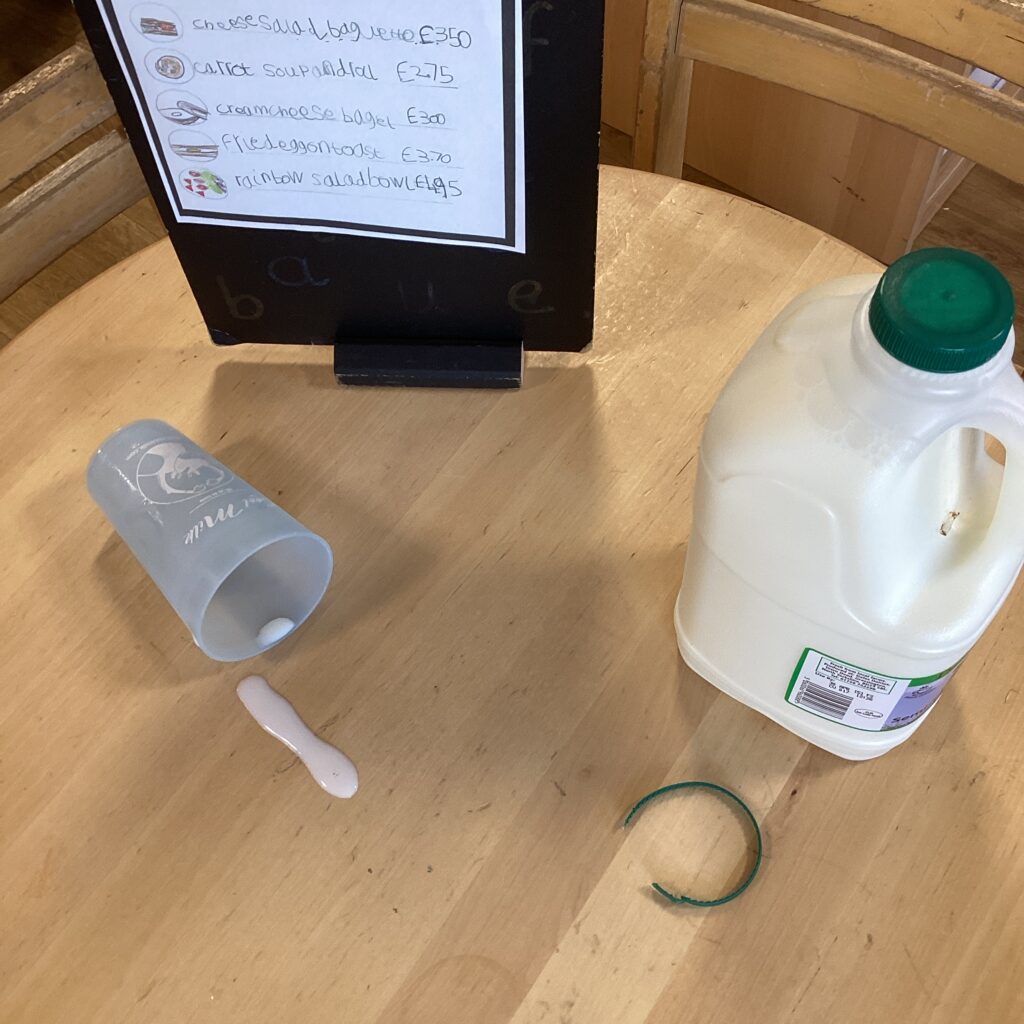
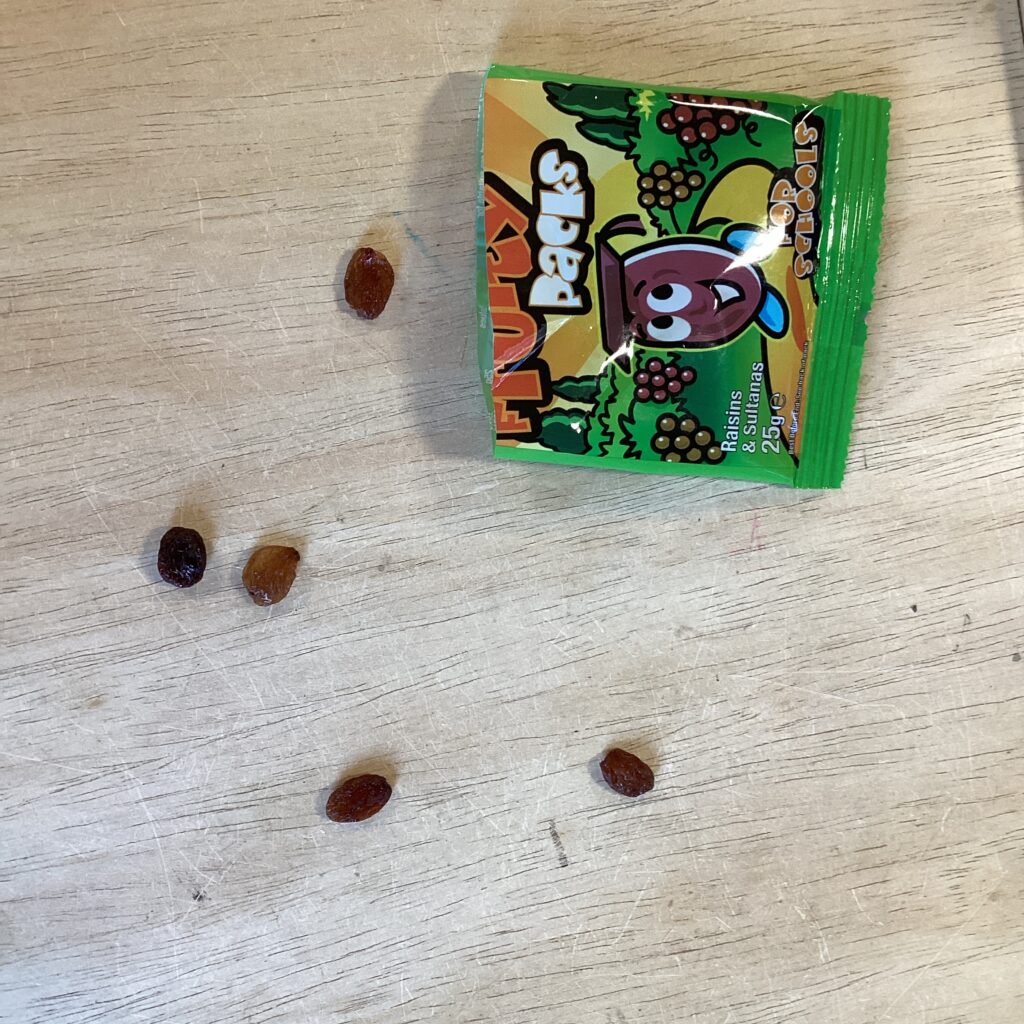

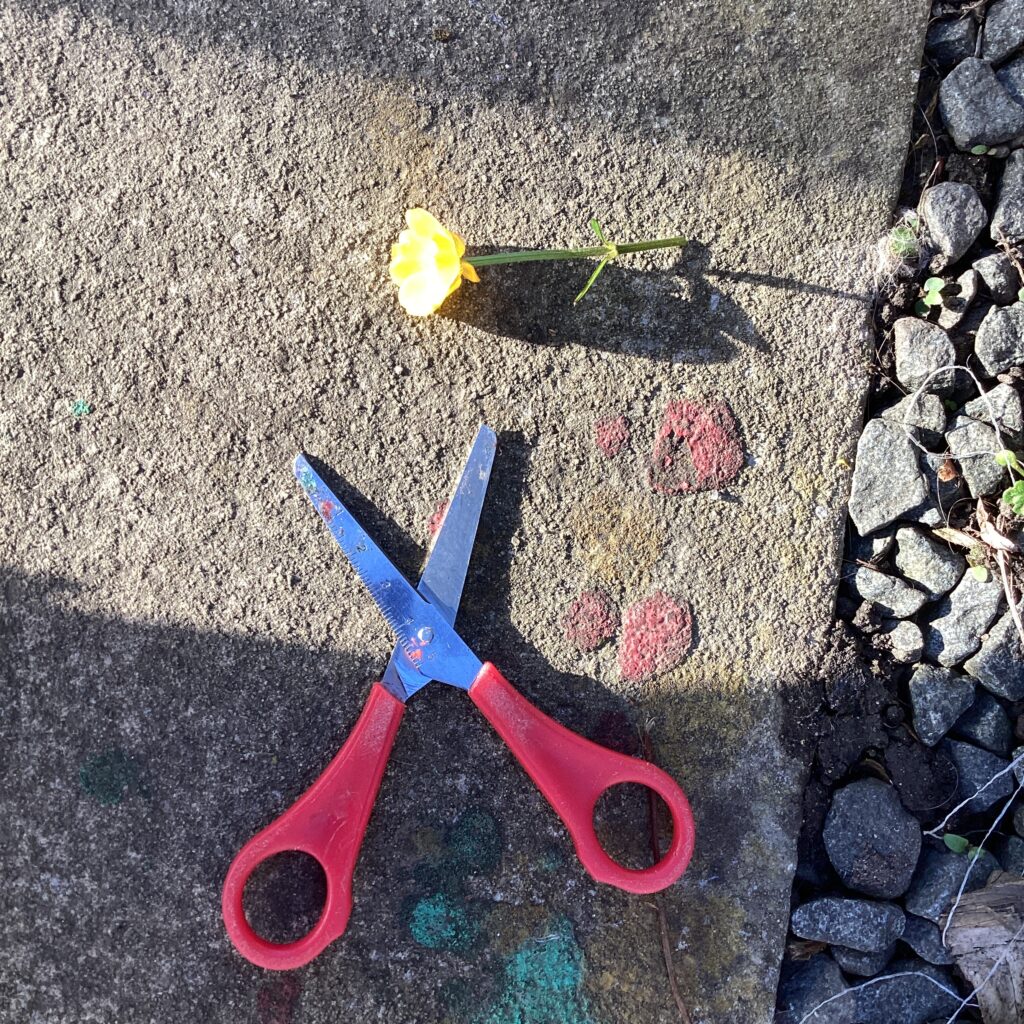


The suspects

The evidence
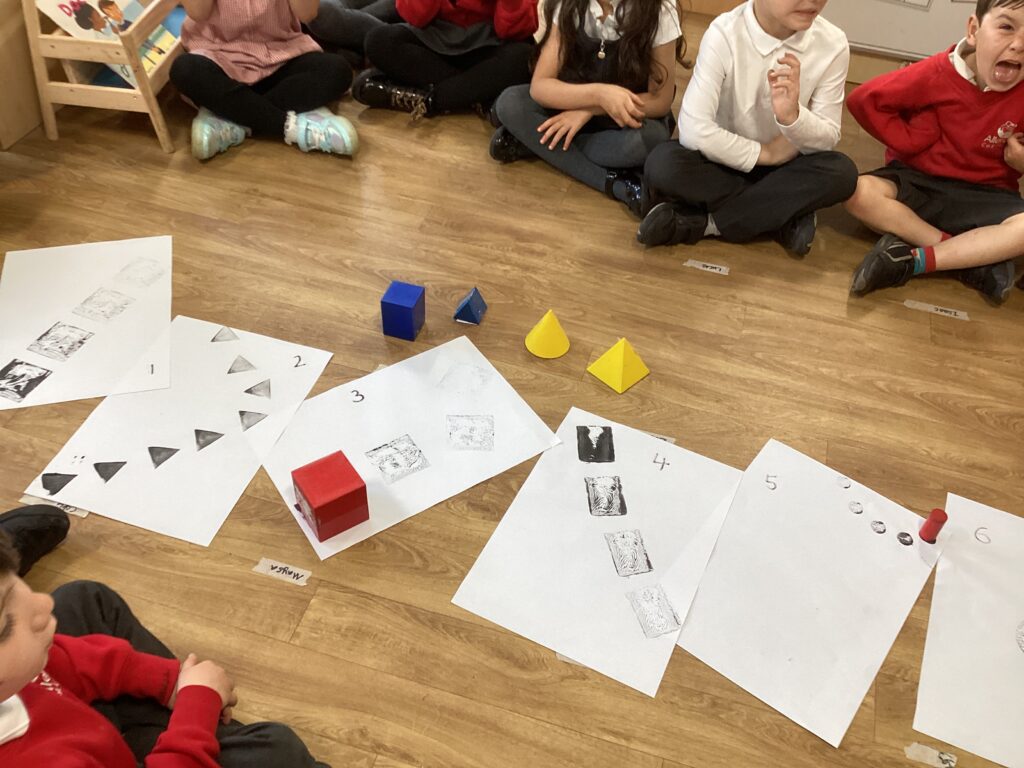
The punishment

To emphasise the differences between flat surfaces and curved surfaces, we explored which shapes are better for stacking and rolling.


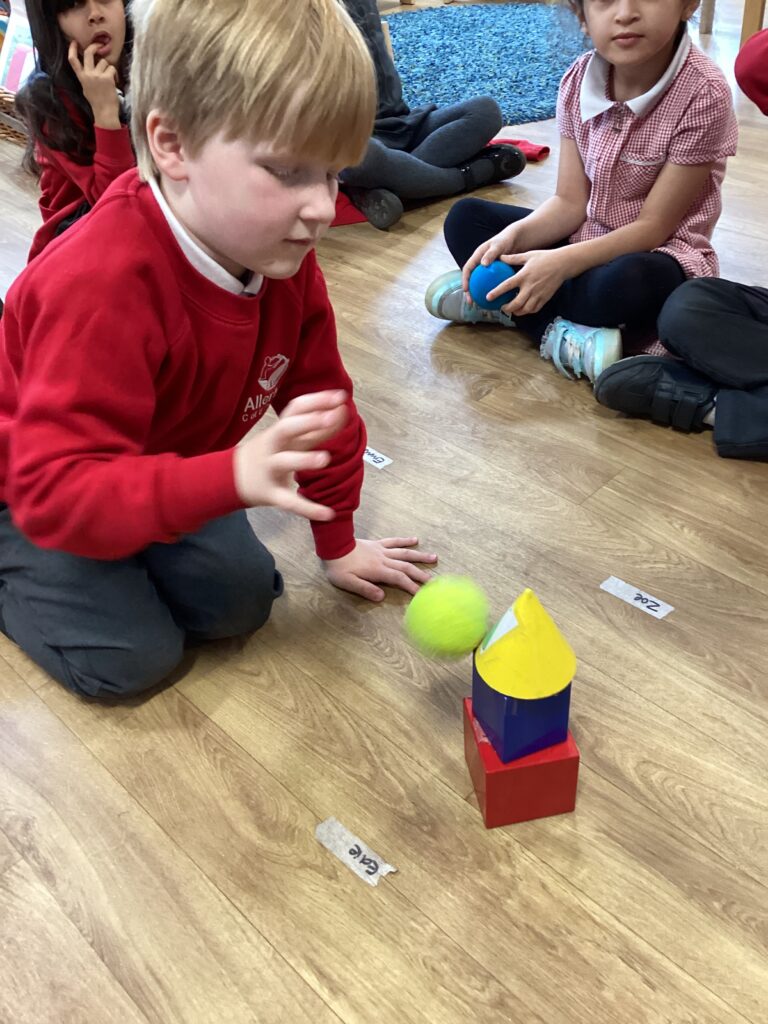

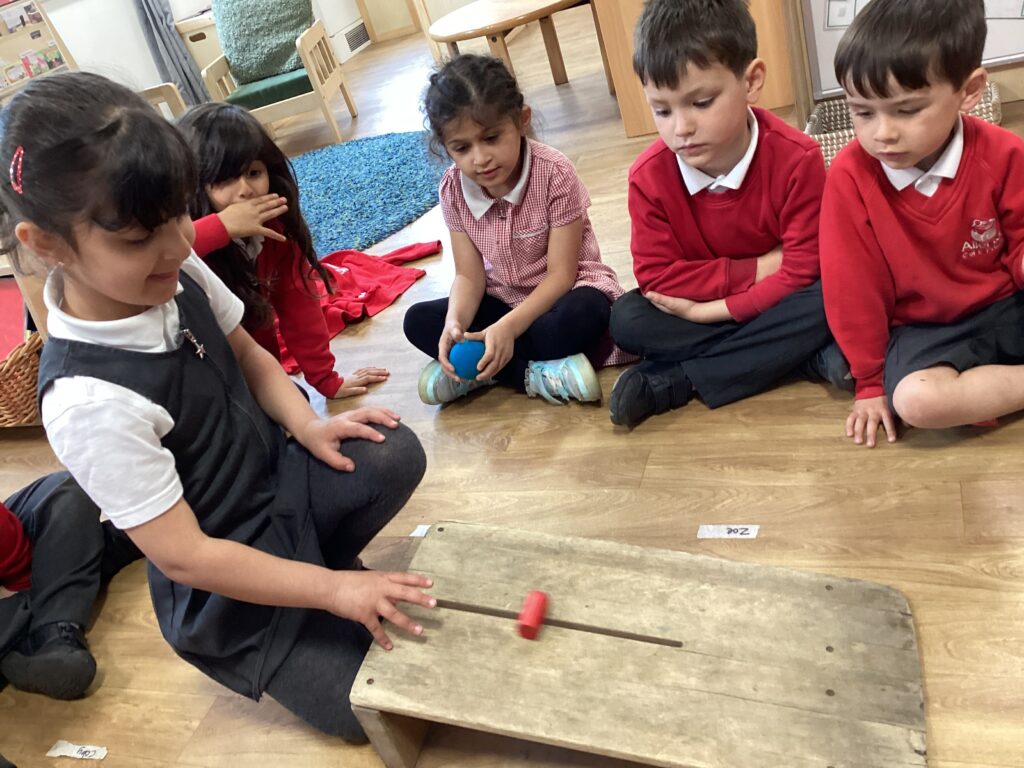
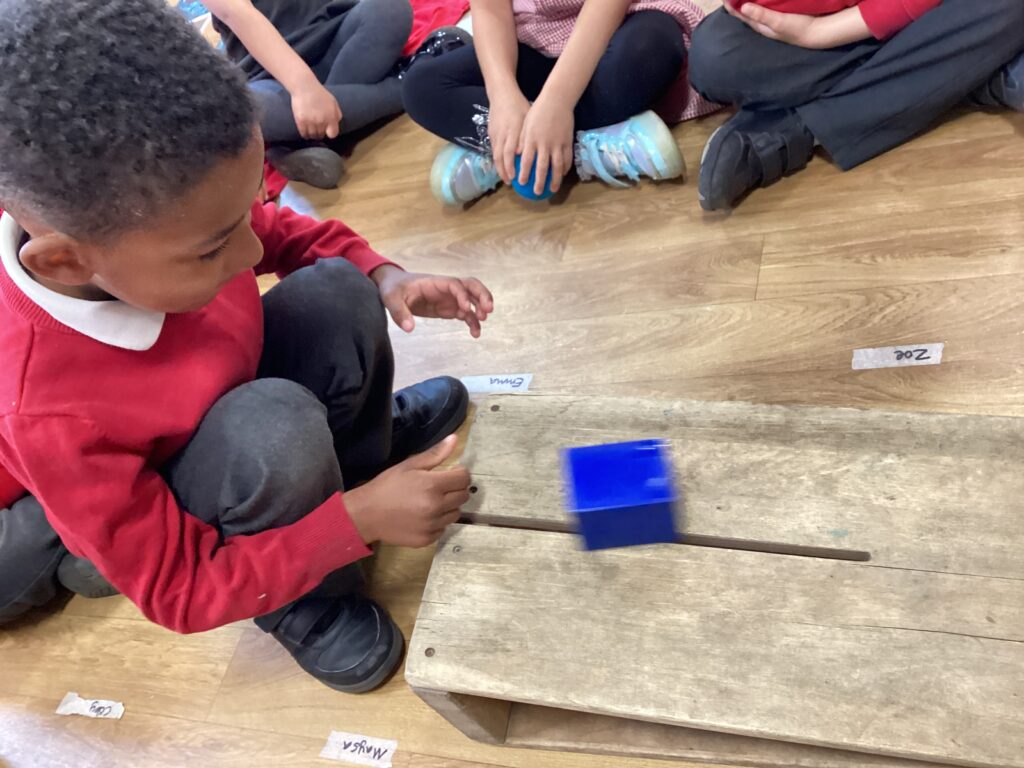


This knowledge about the properties of 3-D shapes helps us when we are building stable models in provision.
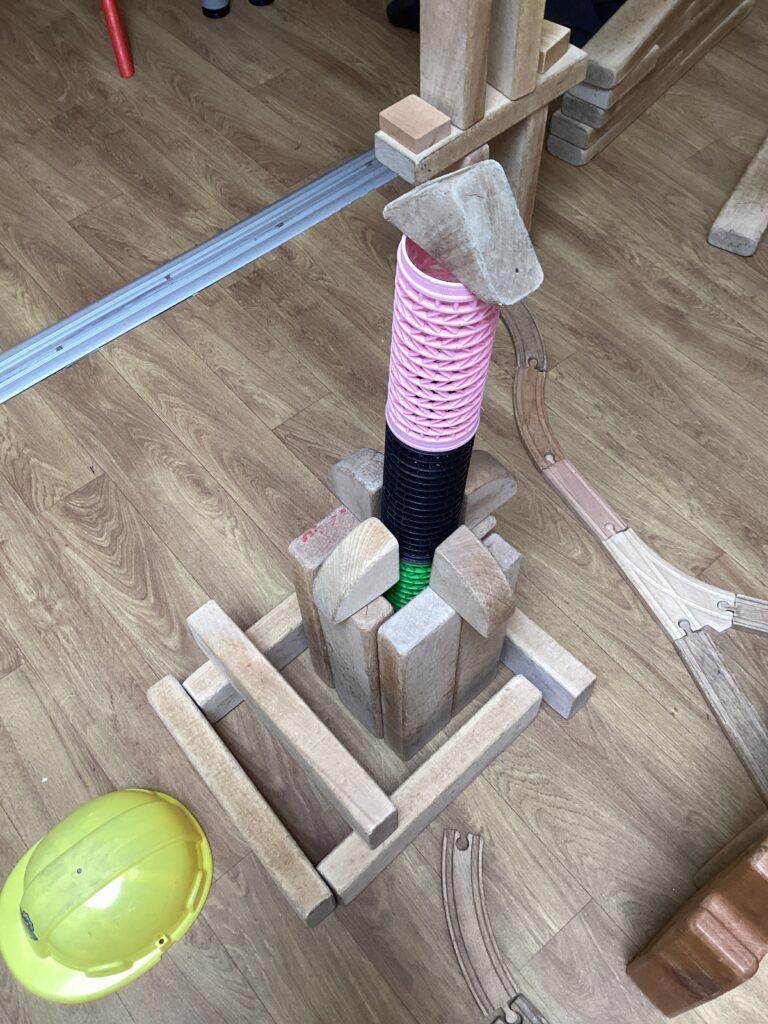


3-D shapes also inspired our storytelling this week. This week, Curvy Cone had a night of naughty antics in the freezer: smashing up apple pie with his point; melting the ice cubes and squashing the spherical peas into circles. The Reception children love to share what they have drawn/written with their storytelling heroes.


Please be sure to look out for 3-D shapes in your environment at home and when you go on outdoor adventures.

Isaac really enjoyed the shapes crime. Also, we probably need to buy a privet bush fairly soon.